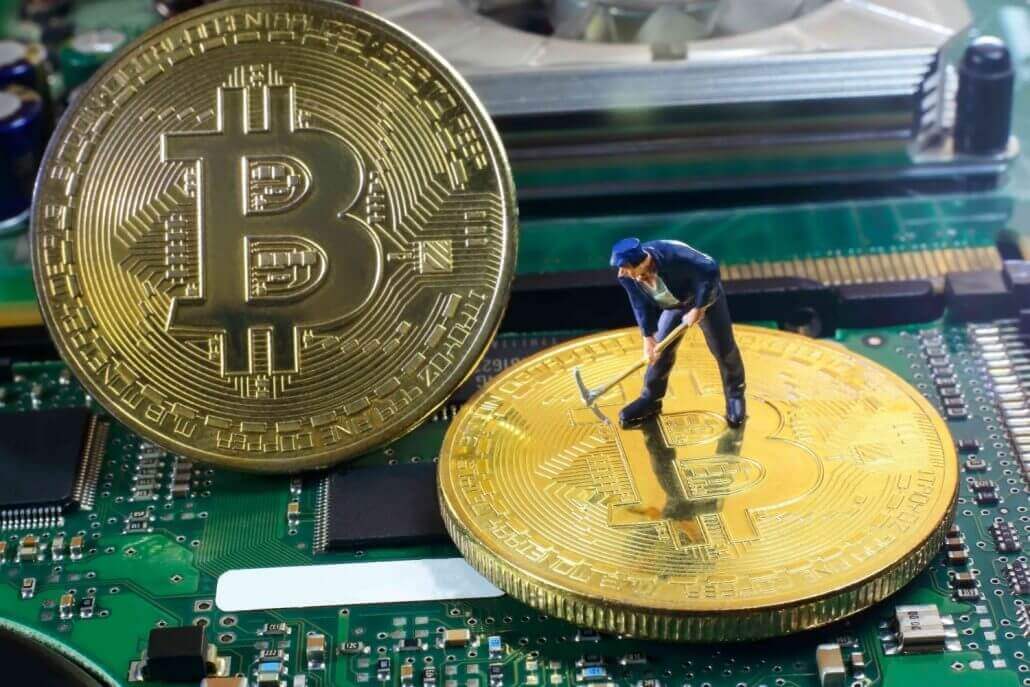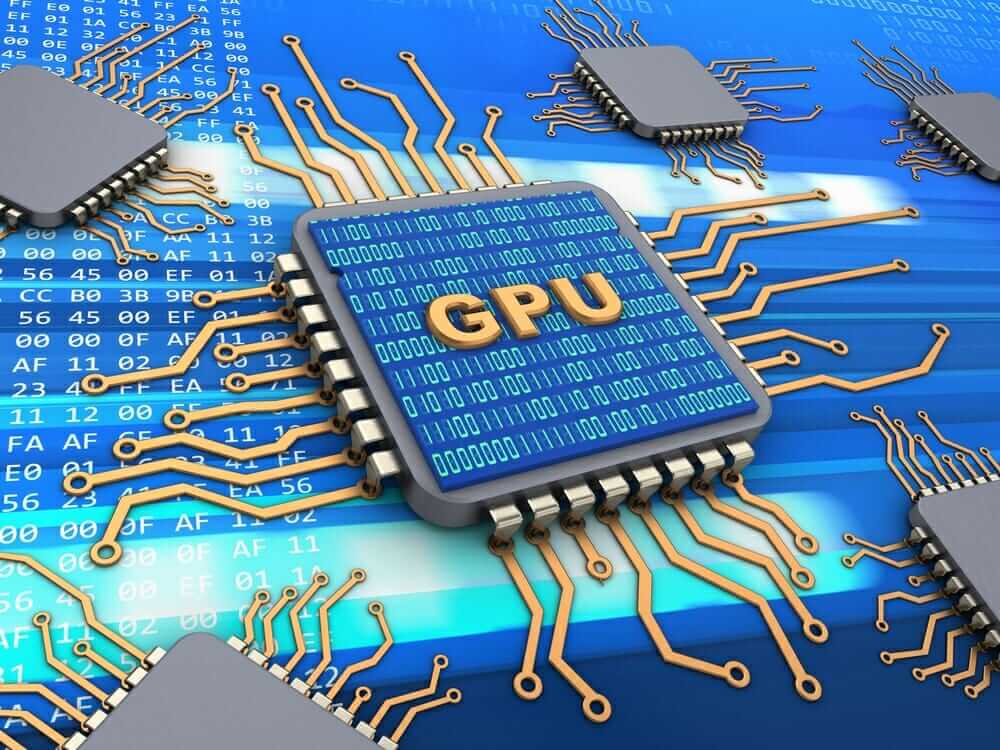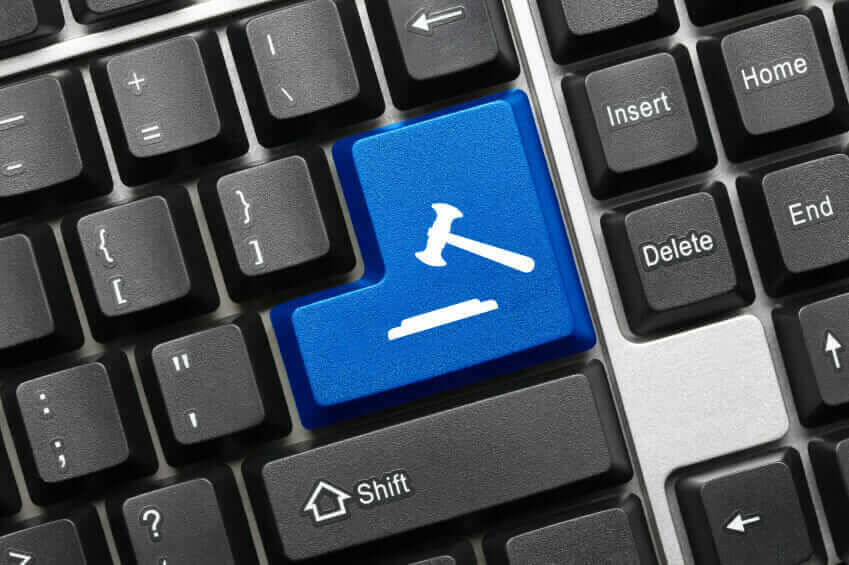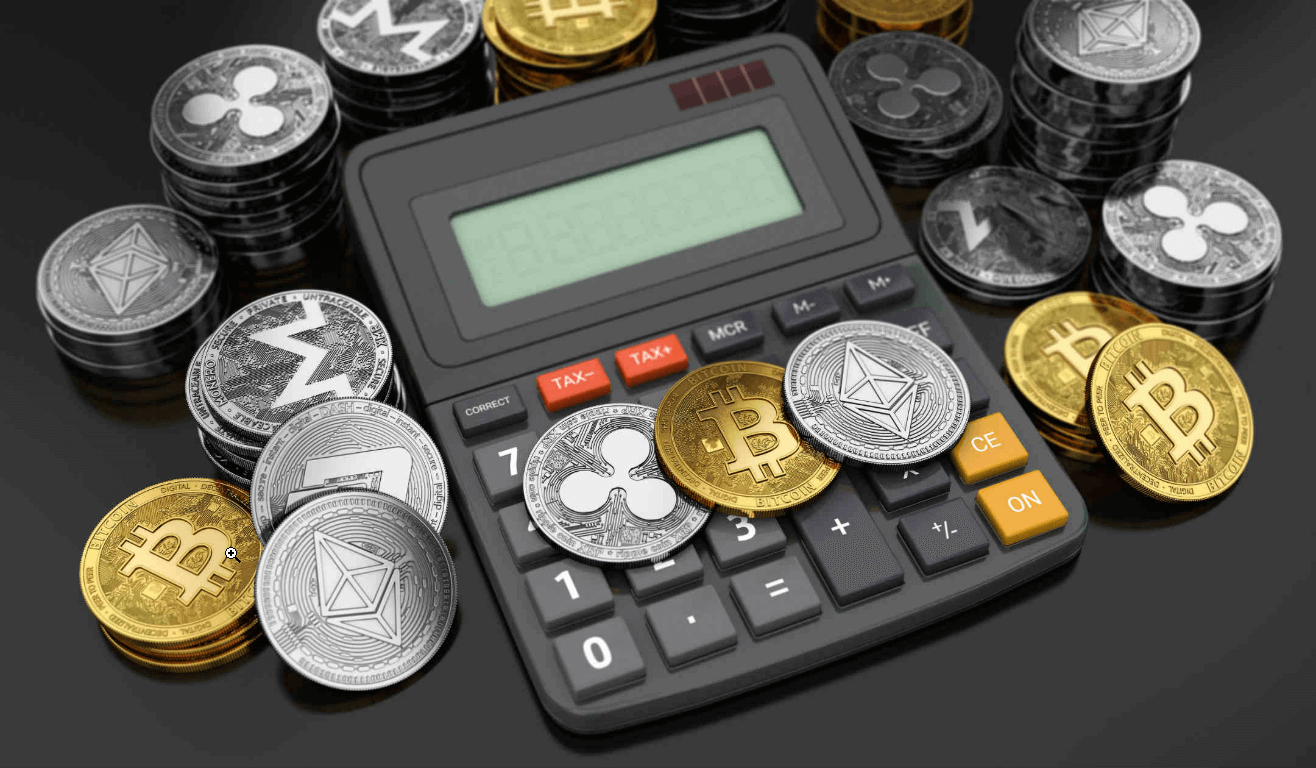This article has an aim to help you to understand what bitcoin mining is, where bitcoin comes from and how it comes into circulation. The answer to all these questions is provided in the guide that you see in front of you, where we go over different types of mining equipment, blockchain, pools and other relevant information regarding the coin’s supply.
Summary: Brief Instruction on How to Mine Bitcoins
- Firstly, choose a wallet for bitcoins. It can be either an online wallet (like Coinbase), or harware device (Ledger Nano S). It’s important to make it safe, we recommend to use two-factor autentification.
- In case you don’t have appropriate mining equipment, choose a mining cloud service provider (e.g. Genesis Mining).
- You need to make a decision concerning your mining package. Providers offer you the variety which depends on amount of money you are planning to pay and the hashing power will differ accordingly.
- Now you should join a reliable mining pool, as it can increase the chances to gain profit.
- Withdraw your earnings to your wallet to avoid the possible risks.
Blockchain: What Is It?
The blockchain is an unchangeable ledger system, where all network...
What Mining Hardware to Choose?
There are several types of mining hardware that you can use for BTC...
What Should I Know About Mining Pools?
Since BTC’s hash difficulty rose, miners combined their strength...
Is Mining Legal in Canada?
It is legal to buy, sell and mine cryptocurrencies...
How to Mine with Android?
It is quite difficult to mine bitcoins with Android due...
Is It Safe to Mine BTC?
Mining is safe since all activities and block awards...
Bitcoin gained an unprecedented attention from general public and financial institutions as well due to its value growth. The number of miners and traders alike increased greatly, with platforms and mining pools growing as well.
Thus, we are looking to provide an explanation for beginners that are thinking to enter the mining industry. Stay tuned and get ready to find out the easiest way to mine bitcoins right now.
What Is Blockchain?
Originally devised for the digital currency called bitcoin, blockchain is an incorruptible digital ledger of economic transactions that can be programmed to record not just financial transactions but virtually everything of value. Thus, its definition basically categorizes a blockchain as not just technology, but also as a bookkeeping ledger.
Imagine a spreadsheet that is duplicated thousands of times across a network of computers and also imagine that this network is designed to regularly update this spreadsheet. Connect these two and you will have a basic understanding of what blockchain is. Thus, it is not possible to change blockchain’s records nor to hide transactions from other, creating a secure environment to work in.
Mining Difficulties
Mining is not as simple as it sounds. A bitcoin miner needs to show the proof-of-work in order to create a new block. What is this proof-of-work? A proof-of-work or POW is a hash power below a target value that can be obtained by performing a certain amount of force work. A hash is a simple way to represent a large amount of data in a compact and unique way.
The algorithm used by bitcoin is SHA-256 which produces a 256 bit long number in hexadecimal format. The SHA-256 hashing scheme is very quick but creating a hash is not enough. It is necessary to ensure that the hash produced is lower than the threshold set by the bitcoin network. Only then it can create a valid block.
Difficulty Metric
The difficulty is a measure/metric of how difficult it is to find a hash below a given target. The bitcoin network has a global block difficulty. Valid blocks must have a hash below this target. Mining pools also have a pool-specific share difficulty setting a lower limit for shares. The network difficulty measure changes every 2016 blocks.
The minimum difficulty, when the target is at the maximum allowed value, is 1. The difficulty is adjusted every 2016 blocks based on the time it took to find the previous 2016 blocks. If the previous 2016 blocks took more than two weeks to find, the difficulty is reduced.
Block Reward
Block reward is the amount of new bitcoin released with each mined block. In simple words, block reward is the amount that miners may claim as a reward for creating a block.
Block reward is halved every 210,000 blocks or roughly every four years. The block reward started at 50 bitcoin in 2009, halved to 25 bitcoin in 2012, and halved again to 12.5 in 2016. This diminishing block reward will result in a total release of bitcoin that approaches 21 million. As of today, block rewards provide the vast majority of the incentive for miners.
Mining Hardware
Anyone with access to the internet and an appropriate hardware can participate in the mining industry. Prior to BTC’s popularity, mining was done with CPUs from normal desktop computers. As the time passed and difficulty increase, numerous other equipment was developed, with each being presented in sections below.
CPU Mining
The CPU is the central processing unit of your computer. When bitcoin was first released, you could mine 100 coins a day using just your CPU. Unfortunately, today it is impossible to mine bitcoin with your CPU since hashing required for proof-of-work requires a large amount of hash power to produce faster mathematical solutions.
CPUs have fewer arithmetic logic units, circuits that perform arithmetic operations, and therefore are relatively slow when it comes to performing large amounts of calculations. It can be used for mining pools if you wish to earn BTC but not invest heavily in equipment.
GPU Mining
The GPU is the graphics processing unit. It is basically the chip on your graphics card that does repetitive calculations, often for processing graphics. This method is perfect for processing proof-of-work that will be the main use of GPUs in mining. These cards are often used in gaming computers for smooth decoding and rendering of 3D animations and video, but for mining, they are used to process mathematical calculations.
Companies such as AMD and Nvidia originally designed GPUs for better graphics. However, they recently saw a spike in demand from people wanting to use their chips to mine.
FPGA Mining
FPGA stands for field-programmable gate array. In the bitcoin world, these devices were quite popular among miners once GPU mining became far too competitive. To offset the investment costs and electricity draw, a cheaper solution had to be created. FPGAs are designed so the integrated circuit can be configured by the user after the manufacturing process is completed.
Bitcoin miners successfully started using FPGA’s as a way to mine bitcoin at an efficient, yet far lower power consumption rate. The main selling point of FPGAs is how they can be used to implement any logical function.
ASIC Mining
An ASIC is an application specific integrated circuit. In the context of cryptocurrency, it is a microchip specifically designed to execute a hashing algorithm as quickly as possible. Giving some perspective on how powerful these ASICS can be, a bitcoin ASIC can calculate hashes 100,000 times faster than even the best CPU.
One main con of ASICs is that they are custom built for a single hash algorithm. That is why you would need to buy different ASICs for a different token that you wish to mine.
Cloud Mining
Cloud mining is basically an investment in bitcoin mining without the stress of managing any hardware. Cloud mining means using shared processing power run from remote data centers. You will only need a home computer for communications and optional local bitcoin wallets.
The mining services are stored and maintained in a facility owned by the mining company and the customer simply needs to register and purchase mining contracts or shares. Users of hosted mining equipment can either lease a physical mining server or a virtual private server.
What Are Mining Pools?
Mining pools are operated by third parties and coordinate groups of miners. The group works together in a pool and shares the payouts amongst participants, providing miners with a steady flow of bitcoin starting from day one. Mining in pools started when the difficulty for mining increased to the point where it could take years for slower miners to generate a block.
The solution to this problem was for miners to pool their resources so they could generate blocks more quickly. The pay-per-share (PPS) approach offers an instant, guaranteed payout to a miner for his contribution to the probability that the pool finds a block.
Bitcoin Mining Centralization
Bitcoin mining has become a capital-intensive industry which requires a large amount of capital to purchase most advanced hardware for the process of mining. This means that not anyone can be a miner, creating a major threat to bitcoin universe by moving towards complete centralization.
When a single party controls more than half of the mining power, the bitcoin network is subject to 51% of attack risk, because that single holder can create the blocks for most of the time. This single miner/holder can reject a valid transaction to be put into the block which creates the censorship in the transaction process and even modifies records in the ledger.
How Does Bitcoin Mining Work?
1rst Step – Resources
Bitcoin mining requires a computer and a special program. Miners will use this program and a vast of computer resources to compete with other miners in solving complicated mathematical problems.
2nd Step – Block Creation and Block Reward
All bitcoin transactions are recorded in the blockchain, in a linear, time-stamped series of bundled transactions known as blocks. The blockchain is basically a public ledger, which is freely shared, continually updated and under no central control.
Block reward is something miners automatically receive for solving a block, is halved every 210,000 blocks (or roughly 4 years). As bitcoin’s price has risen substantially, mining remains a profitable endeavor despite the falling block reward.
3rd Step – Bitcoin’s Blockchain
The bitcoin “Blockchain” is the database of bitcoin transactions. It is basically a ledger and all bitcoin balances can be obtained from it. A section is added to the database about every 10 minutes on average. The one that wins in terms of mining, is the chain with the most work rather than the number of blocks.
What Is the Longest Valid Chain?
The database in a blockchain is the totality of the single, straight chain that everyone agrees upon. Forks in the chain represent potential disagreements among network participants and open the possibility for one fork end to contain different data than the other fork end. This different data may or may not be correct, but either way, it compromises the database’s integrity.
For a blockchain to work, it is essential that all participants have one chain that they agree upon as the true data — there is only one legitimate database and this is the longest valid chain.
Is Bitcoin Mining Legal?
In the following sections, although considered completely legal in most countries, we present the legal status of mining operations in different countries. Below, you will find information regarding mining in USA, Canada, and Europe. We also touch upon applicable taxes on mining operations.
Legality of Bitcoin Mining in the USA
Bitcoin mining is legal in the USA but state power costs and regulatory frameworks can vary significantly. New York’s BitLicense, a raft of regulations covering the use of bitcoin within the state, will add significantly to compliance costs. The state of Hawaii is working on similarly power restrictive measures. By contrast, New Hampshire’s recently-passed House Bill 436 exempts cryptocurrency users from registering as money transmitters.
Also, the Commodity Futures Trading Commission has designated bitcoin as a commodity and announced that fraud and manipulation involving bitcoin traded in interstate commerce and the regulation of commodity futures tied directly to bitcoin is under its authority.
In Canada
Canada accepts bitcoin mining practice as legal. Canadian law treats business-related bitcoin transactions for goods and services as an exchange, whereas profits derived from bitcoin may be accountable for income or capital gains tax. The cryptocurrency is legal to buy and transact in Canada and is regulated by anti-money laundering (AML) legislation and counter-terrorist financing legislation.
Given its popularity, it is not surprising that bitcoin got under Canada Revenue Agency’s radars. If you buy, hold and sell virtual currency, and make a profit in the process, you must claim that profit as capital gains.
Does BTC Mining Legal in Europe?
The European Union accepts bitcoin but it is also taking a cautious approach to cryptocurrency regulation, with several initiatives underway to involve sector participants in the drafting of supportive rules. The focus appears to be on learning before regulating while boosting innovation and taking into account the needs of the ecosystem.
European Banking Authority issued warnings to the public about the risks associated with virtual currencies and recently indicated it will apply AML and anti-terrorist financing rules to virtual currencies. In late in 2017, a European Central Bank official stated that the institution did not see bitcoin as a threat and that cryptocurrency was not “mature enough” for regulation.
Bitcoin Mining and Taxes
Bitcoin mining is not a tax-free exercise no matter if you take it as a hobby or as a business. Knowing how taxes play a role in your bottom line is key to realizing all the benefits of giving your expensive hardware to secure a decentralized cryptocurrency network. Miners have to recognize income for each bitcoin mined during the taxable year.
The amount of income equals the market price of bitcoin on the day it is awarded on the blockchain, which is also then the miner’s basis in the bitcoin going forward and is used to calculate gain/loss in the future. It is important to note that tax treatment differs from country to country, meaning that you should consult tax experts before you engage in mining activities.
How to Mine Bitcoins?
Bitcoins acts like cash, but they are mined like gold. “Mining” is the name for the discovery of new bitcoins, just like finding gold. Thus, we made a review on what you should do while mining coins, from the planning stage to the implementation and actual mining.
Make Sure That Bitcoin Mining Is Legal in Your Country
Bitcoin’s legality is quite a controversial issue as almost every country has rejected it as a legal tender. This is primarily because of the fact that bitcoin is a decentralized cryptocurrency. Currency, in the traditional sense, is created by the government and backed by banks and other financial institutions.
However, when it comes to bitcoins, there is no governing body which regulates it. This leads to extreme volatility in the price which isn’t good for economic systems.
Calculate Your Opportunities
Basically to get an approximate calculation of the opportunity of getting a block that will work and provide benefits. You will need to take into consideration the following scenario:
If there are 144 blocks in a day, then you need to wait 46.28 days to get a block when mining solo with a premium hardware. But that is assuming difficulty doesn’t rise. So what will happen with a rising difficulty is you end up waiting much longer and possibly never end up getting a block when solo mining. That’s why solo mining is not as profitable as using a mining pool.
That is why we highly recommend being part of a mining pool if you want to enter the world of bitcoin mining.
Get Bitcoin Mining Hardware
The best bitcoin mining hardware has evolved dramatically since 2009. At first, miners used their CPU to mine, then miners quickly moved on to using the GPU in computer graphics cards since they were able to hash data 50 to 100 times faster and consume much less power per unit of work.
After that, a new industry sprang up, the first wave of field-programmable gate array (FPGA) was discovered while the latest development sought out the ASIC miners, which have taken over the market nowadays. Each of these mining propositions should be taken into account with their own pros and cons.
Select a Mining Pool
When you are making the decision of choosing a mining pool you need to think about 3 main aspects:
- Pool size. There is no difference between a small mining pool and a big one since you will get the same amount of coins out of the small mining pool eventually.
- Pool functionality. You must consider, if there is a pool fee, if you are happy with the payment intervals of the pool and if the pool requires registration and any other important functionality according to your expectations.
- Pool trustworthiness. Some of the known issues with pools are that its fee is actually several times greater to what it should be and payments can be delayed. The pool statistical tools do not represent the actual miner hash rate and many other issues.
Setup BTC Mining Software
There are three main categories of bitcoin mining hardware, each more expensive and more powerful than the last. There are three main hardware categories for bitcoin miners: GPUs, FPGAs, and ASICs.
Depending on which equipment you choose, you will need to run software to make use of it. Typically when using GPUs and FPGAs, you will need a host computer running two things: the standard bitcoin client, and the mining software.
You may well need mining software for your ASIC miner, too, although some newer models promise to ship with everything pre-configured, including a bitcoin address so that all you need to do is plug it in the wall.
How to Mine Bitcoins on Android?
There are some Android apps to mine bitcoins. Since bitcoin mining is a very hardware-intensive task, unless you have the cutting-edge Android phone, do not expect to get far. Also, keep in mind the energy requirements needed to keep your Android-powered while running these mining apps. Here is a list of the most popular bitcoin mining apps for Android:
- DroidMiner BTC/LTC Miner –barebones app that lets you mine bitcoins in the Getwork pool.
- Easy Miner – Another pool mining app. This one has a little better UI.
- LTCMiner –currently in beta, allows you to mine with the Litecoin pool.
Bitcoin Mining FAQ
Now we will present information about the most FAQ about the bitcoin mining process. We investigate whether mining wastes electricity, if it is still profitable and whether miners can destroy the network. We also go through mining alternatives and safe wallets to store your mined BTCs.
Isn’t Mining a Waste of Electricity?
Mining has always been an aspirational name but if we accept the metaphor, the miners are mining electricity. To make money as a bitcoin miner, the only things that really matter are efficient hardware and access to cheap electricity. That is why bitcoin miners are looking all over the Earth for low electricity prices.
They tend to find it near big dams, which corral river water through massive turbines. In the right geographical circumstances, this can generate the cheapest power on earth. East Wenatchee is one of these places, thanks to the Columbia River and the Rocky Mountains that lend the water its power.
Is Bitcoin Mining Profitable in 2017?
To be able to profitably excavate bitcoins nowadays, you need to have specialized, high-powered equipment. While it is technically possible for anyone to mine, those with underpowered setups will spend more money on electricity than have money generated through mining.
Having this in mind, it is viable to calculate the current profitability of bitcoin mining for your circumstances. Bear in mind that the future profitability of mining cannot be reliably predicted. This is because of the ever-changing nature of the difficulty and the coin’s price, in particular.
How Safe Is BTC Mining?
The BTC mining technology, the protocol and the cryptography, has a strong security track record and the crypto mining network is probably the biggest distributed computing project in the world. bitcoin’s most common vulnerability is in user error. bitcoin wallet files that store the necessary private keys can be accidentally deleted, lost or stolen.
The rules of the protocol and the cryptography used for coin mining are still working years after its inception, which is a good indication that the concept is well designed. Like any other form of software, the security of BTC software depends on the speed with which problems are found and fixed. The more such issues are discovered, the more bitcoin is gaining maturity.
Can Miners Destroy Bitcoin Network?
It is not possible to change the bitcoin protocol that easily. Any bitcoin client that does not comply with the same rules cannot enforce their own rules on other users. As a result, it is not possible to generate uncontrolled amounts of coins out of thin air, spend other users’ funds, corrupt the network, or anything similar.
Nevertheless, the powerful farm could arbitrarily choose to block or reverse recent transactions. A majority of users can also put pressure on some changes to be adopted. Because bitcoin only works correctly with a complete consensus among all users, changing the protocol can be very difficult and requires an overwhelming majority of users to adopt the changes.
Mining Other Cryptocurrencies as an Alternative
We compiled a small report on several coins that might be interesting for you to mine if bitcoin proves to be complex or out of reach.
Monero stands out among other cryptocurrencies as it is widely considered as the most advanced anonymous digital currency. Monero is based on a proof-of-work algorithm known as CryptoNight.
Dogecoin the popular meme-based altcoin Dogecoin is another cryptocurrency that can be mined using a PC. To mine Dogecoin, you must first download the official desktop wallet from the Dogecoin website and remember to encrypt your wallet to protect your coin.
Vertcoin is a relatively new altcoin that has been growing in popularity in the past year. Like bitcoin, the coin uses a proof-of-work algorithm to verify transactions. However, Vertcoin was also designed to be ASIC resistant. In other words, it is resistant to the development of specific hardware to use for mining purposes by large cryptocurrency mining operations.
Where to Store Bitcoins?
To keep your coins safe from hackers and other cybercriminals, we would recommend using hardware wallet for stashing purposes. Devices like Ledger Nano S, TREZOR and KeepKey come with superior security and ability to fully function in both online and offline environments.
If you have a mining-related question that has not been answered by this tutorial, you should write to us directly at BitcoinBestBuy and we will get back to you as soon as possible.


































